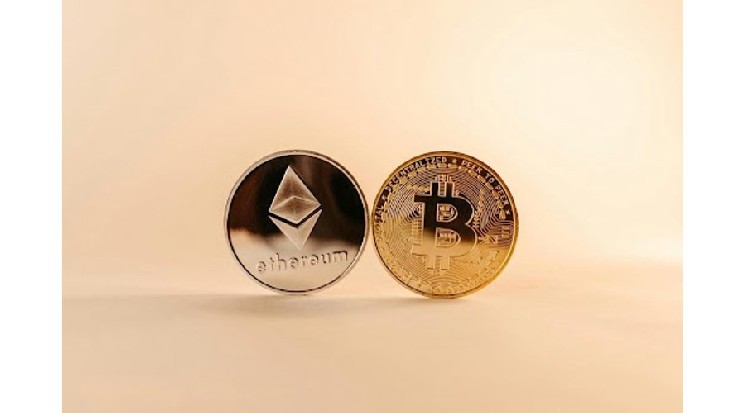US Bancorp announced the creation of a specialized business unit called the Digital Assets and Money Movement organization. The move, announced in mid-October 2025, marks a decisive step toward blockchain integration, tokenization, and digital money flows by one of the largest regional banks in the United States. This initiative will help banks remain competitive as tokenized assets and blockchain rails move closer to mainstream finance.
Broaden your horizons in digital finance
The timing of U.S. Bancorp’s move reflects a broader wave in digital finance. Across the market, tokenized assets, stablecoins, and blockchain-based payment systems are gaining traction. Fintech companies are experimenting with instant cross-border transfers, and digital exchanges are expanding access to new asset classes. Amid this momentum, analysts are focusing on the cryptocurrencies with the most potential, focusing on projects that demonstrate real-world utility, scalability, and transparency.
From smart contract platforms and decentralized lending networks to blockchain-powered economies that offer reward incentives, the digital asset space is rapidly maturing. Flexible payment solutions and seamless wallet integration are becoming the norm rather than an experiment.
These trends demonstrate how innovations once limited to cryptocurrency startups are being embraced by mainstream financial institutions seeking efficiency and reach. For US Bancorp, this change highlights the importance of marrying banking trust with blockchain innovation.
Unit leadership and strategic objectives
The new division will be led by payments industry veteran Jamie Walker. He is a longtime executive at US Bancorp, where he currently oversees Merchant Payment Services. He will continue in his role until a successor is named, after which he will begin his new role reporting to Chief Digital Officer Dominic Venturo.
Venturo emphasized that customers increasingly want to understand how digital assets can help them securely move funds, store value, and interact with tokenized goods. This structure aims to meet these needs within a regulated and secure framework.
What the unit focuses on
The organization will explore and develop blockchain-based solutions across key areas such as stablecoin issuance, real-world asset tokenization, and advanced digital money movement infrastructure.
It will also support cryptocurrency custody and settlement services, allowing the bank to serve both institutional and corporate clients seeking compliant digital asset exposure. The division will also coordinate internal innovation and ensure blockchain projects meet the bank’s compliance and risk standards.
signals to the market
For a bank with more than $600 billion in assets under management, this expansion sends a clear signal to the broader market. Rather than viewing cryptocurrencies as a niche, US Bancorp is integrating blockchain into its long-term digital strategy. The move reflects broader changes in the industry, with several major banks testing tokenized deposits and blockchain payment systems to increase the efficiency and transparency of cross-border transactions.
The changes also highlight how competition for digital infrastructure has intensified among large U.S. financial institutions. Institutions that once viewed blockchain as experimental are now racing to build in-house capabilities before regulatory and market demands outweigh them. For US Bancorp, the timing reflects a strategic effort to stay ahead of both fintech challengers and peers like JPMorgan and Citigroup that are already expanding their blockchain operations.
Tokenization and its impact on stablecoin projects
US Bancorp is betting on tokenization and stablecoin technology as a future pillar of banking infrastructure by creating a division dedicated to digital assets.
This approach highlights institutions’ growing trust in cryptocurrency-adjacent innovations and reflects the belief that the next phase of financial modernization will occur with distributed ledgers. As more banks move from pilots to full implementation, we will likely see an increase in projects that enable the integration of tokenized real-world assets and stablecoins.


